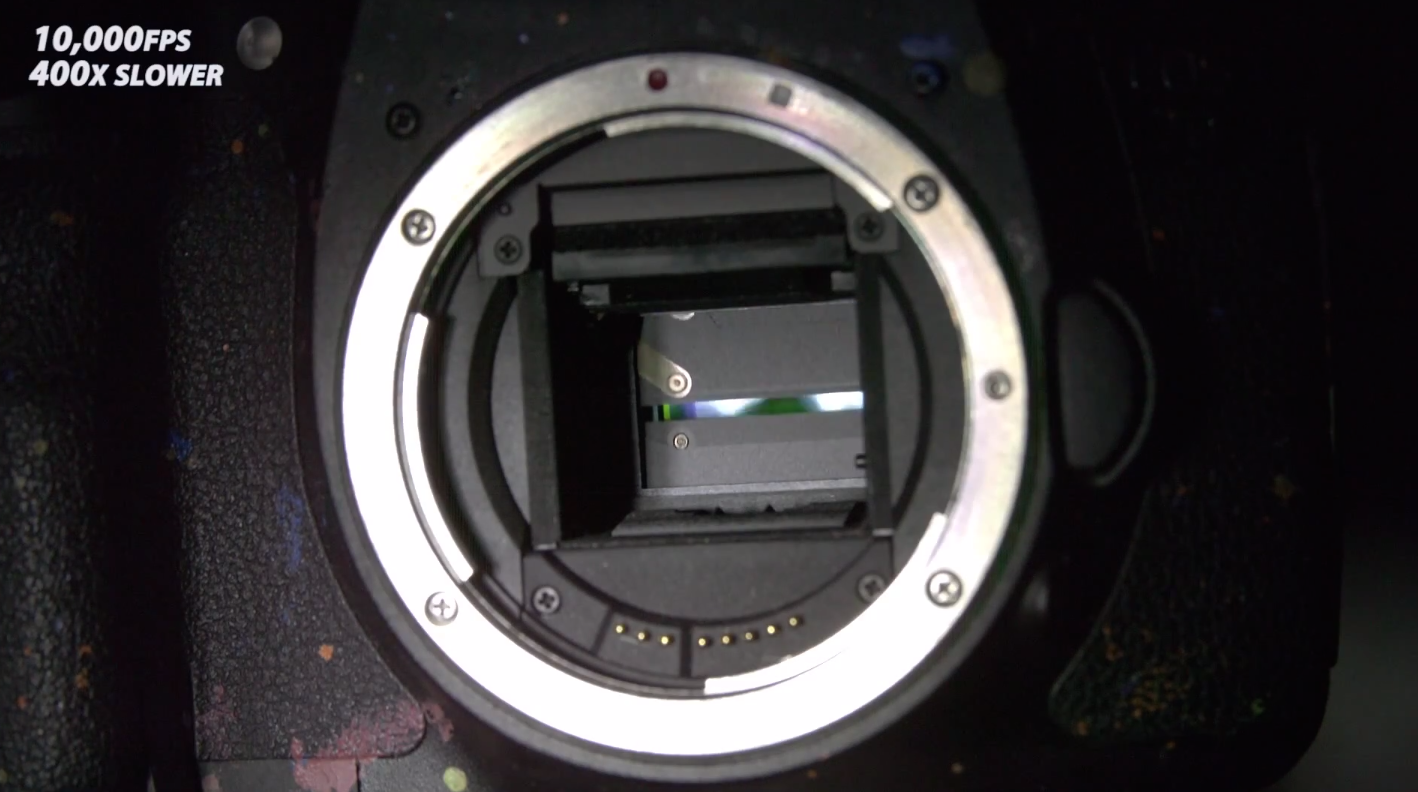The world of photography brings different images, colors, textures and shapes, but for a photo to be beautiful and quality, you also have to learn some concepts that involve this world.
Photographing is an art and thinking that you only have talent is not enough to produce beautiful and sharp photos, there are many techniques and knowledge that make photography excellent, so it is so essential to know more about the resources used in photography.
Today you will learn more about the cameras: shutter and mirror
So what influences the reproduction of the photographs?
Knowing how to operate the camera and knowing its capabilities is essential to get great photos!
Not knowing how to work with the camera, it can really hurt a photographer!
And in that sense, the shutter and mirror of your camera are very important.
Shutter speed
The camera has a trigger mechanism that has a sensor holder that is normally operated electronically.
Standard shutter speeds are measured in fractions of a second.
The standard shutter speeds are: 1/2 ?, 1/4 ?, 1/8 ?, 1/15 ?, 1/30 ?, 1/60 ?, 1/125, 1/250 ?? 1/500 ?, 1/1000 ?, 1/2000 ?, 1/4000?Y 1/8000?for a second.
The shutter speed you choose can have a dramatic effect on your photo.
30-second speed
Most sources recommend a slower speed, for example, 1/30 second. Try different shutter speeds to see how you’re doing with each experiment.
By using a tripod, you can get better image quality and sharpness. Sometimes it will be necessary to use a slower speed to take the photos.
A general rule of choice is to choose a shutter speed that corresponds to the focal length of the lens. For example, if you are using a 100 mm lens, choose 1/100 second or faster.
For a 200 mm lens, choose 1/200 seconds or more If you use slower shutter speeds, especially 1/60 or slower, try resting your elbows against your sides, against a wall, or even on your knee or edge. when you press the shutter button. Exhale, temporarily stabilize your hands.
Pressing the shutter button sometimes shakes the tripod lens slightly. To avoid this, use the remote camera shooting option or use the 2- or 10-second timer.
Mirror lock
Some cameras have an optional feature called “mirror lock”, so it’s about locking the mirror when you press the shutter for the first time.
The shutter opens when the button is pressed a second time. The reason for the mirror lock is precisely to avoid small vibrations during exposure.
Many photographers set the camera to have a 2 second delay with mirror lock. We recommend that you press the shutter button with the mirror tilted up, and 2 seconds later the shutter is released.
Position when holding the camera
Your posture when holding the camera is also very important, keep in mind that the same technique that should be used with cameras, is used with firearms and vice versa regarding posture.
For slower shutter speeds, hold your arms against your body or place your elbow on your knee. This will make things much easier.
Good way to position yourself with a camera
Incorrect way to position yourself with a camera:
Can image stabilizers help keep images blurry?
Image stabilizers or small electronic devices with a gyroscope that attaches to one of the glass elements of the lens, moves the lens element to compensate for camera shake and can induce slow speeds and fewer blurry images. Of course, if the subject is moving fast, the image will always be blurry.
Mirror information for cameras
Camera mirrors are classified according to their use; some move mechanically and others are electronic; some have an engine.
Other mirrors have two engines. Having two motors makes the mirror quieter.
The MIRROR of the SLR cameras reflects the image upwards in the viewfinder. The mirror rotates outwards when you press the button to take the photo. Then the aperture decreases, the shutter opens briefly, exposing the sensor.
As soon as the shutter is released, the sensor is exposed, the aperture opens upwards and the mirror returns so that we can see again through the viewfinder. SLR stands for Single Lens Reflex and means that we can view the image using the viewfinder with the same photo. Lens.
All standard camera configurations have ISO apertures and sensors and their speed is twice the amount of light coming in.
As you can see, there are many tips on how to take good pictures, but for this you need a little study and understanding of all the technical terms of a camera.
So check out our professional and semi-professional camera options and choose the one that best suits your needs.

